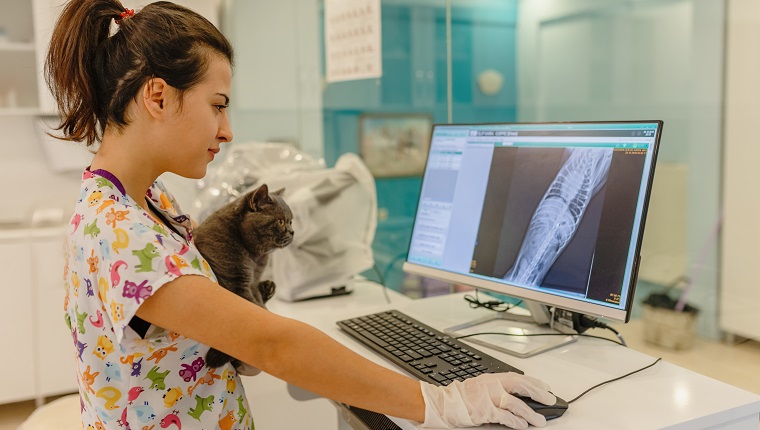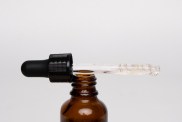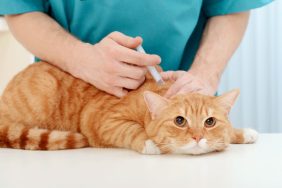Hypertrophic osteopathy in cats is a medical condition that usually causes the limbs to swell. It’s caused by new bone forming in an abnormal fashion.
The condition can affect other pets, including dogs, as well as humans. Oftentimes, people mistakenly assume it to be a case of arthritis.
If you see signs that your kitty…









